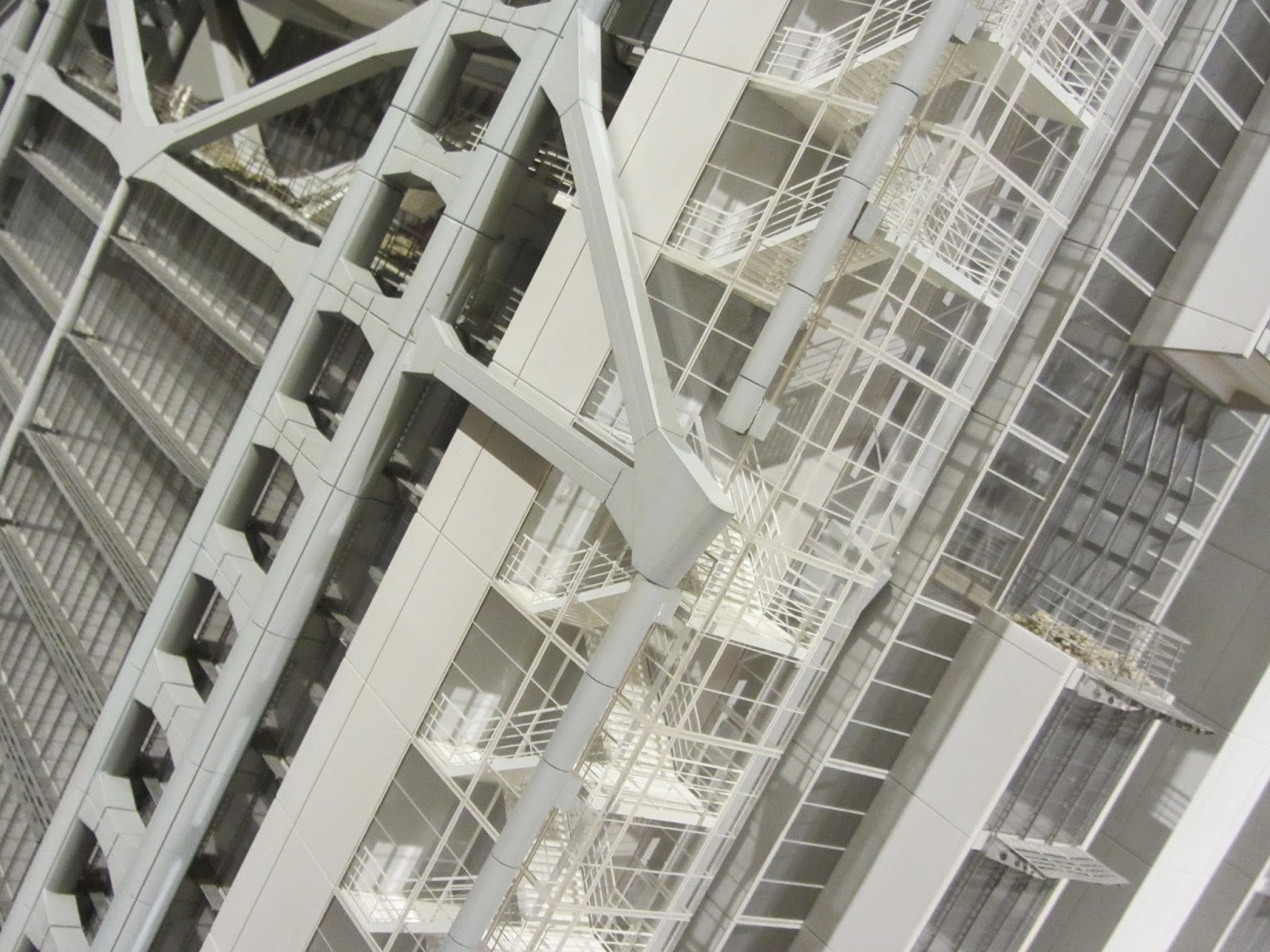April's Public Meeting of the Kingston upon Thames Society gave members and the public an opportunity to discuss what it is that the Society should concern itself with. The appearance of buildings is one thing, but what else should we be campaigning on?
The debate was very open and deliberately unstructured so rather than report it verbatim I have tried to group what I thought were the comments in to topic areas which are presented in no particular order (I think that the last one is the most important).
Neighbourhoods
We should consider all aspects of Town Planning, not just Architecture. For example, which parts of the Borough do we think are suitable for tall buildings and how tall are we happy for them to be?
Other factors to include are amenities (i.e. things people use like schools, parks, shops, pubs, etc.) and utilities (i.e. basic services like roads).
The Society should consider neighbourhoods, not just individual buildings. For example, a concentration of student accommodation can change the character of an area.
Kingston has 20,000 students but the University does not have enough accommodation for all of its Year 1 students. Therefore there will be a significant demand for additional student accommodation for some time.
Working with experts
The issue of licensing is more complex. Clearly people leaving a pub/club late has an impact on a neighbourhood (which suggests that we should get involved) but these matters are subject to formal licencing procedures which includes all stakeholders plus experts (which suggests that we do not need to get involved).
The same issue arises with expert contributions to planning applications, e.g. the specialist reports on road traffic, environment and water.
The problem is that if we go with the experts then we say nothing new and if we go against them then we risk looking stupid unless we can find something wrong in their analysis.
Covering the whole Borough
The Society covers the whole Borough but this is not reflected in the Committee which is dominated by people living in Kingston. As a result, areas like Chessington, Tolworth and Worcester Park are not well represented.
We have members across the Borough so this is local knowledge that we could call on. At the moment we have no mechanism for doing so.
Involving our members
In addition to improving our geographical coverage, involving our members more would give more clout to our contributions. Some councillors see comments made by the Society as reflecting the views of just a few members on the Committee rather than the whole membership and that means that they carry little weight.
We should try to include members more in our discussions. We could run events on specific topics, e.g. the Latchmere House proposals, or have socials where members could raise any topics that interest them.
We should try to communicate better and if we can only send one email a month then it needs to include more news items and also let members know how that can join debates, e.g. via our Facebook group.
The Heritage Open Days (HODs) are something we run on behalf of RBK and so are not aimed at recruiting new members but we could use the event more to promote the Society and membership.
The lecture hall at Tiffin is very formal and does not encourage discussion. Perhaps we should consider other venues, at least for some meetings.
Social media (Facebook, Twitter, etc.) could be used more to engage with members who do not wish to, or are unable to, attend meetings and who use these tools regularly.


























































